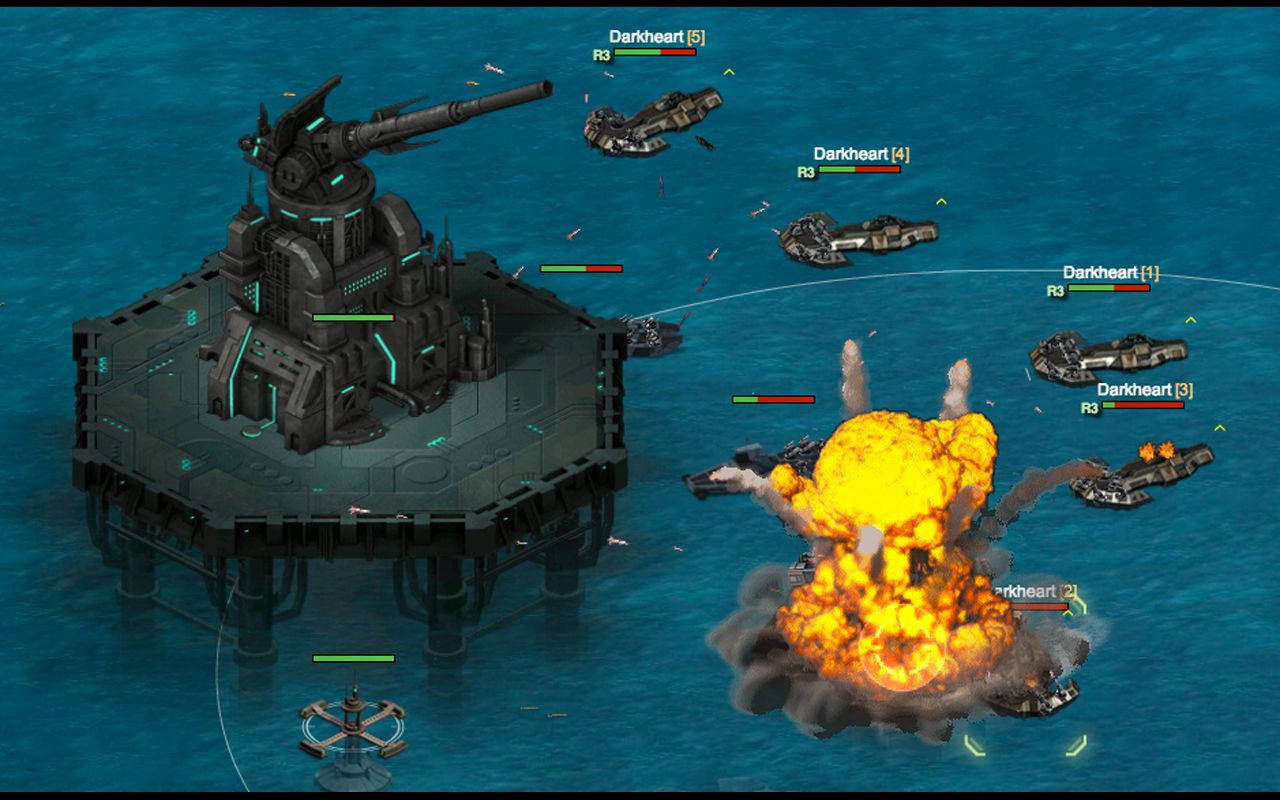
The English would go onto isolate the middle of the Franco-Spanish fleet to score a decisive victory. In the second-the 1805 Battle of Trafalgar-it was by careful design: the English fleet divided itself into two columns, each of which sailed orthogonally to the Franco-Spanish line, taking raking fire for around 45 minutes before crashing through it and beginning a general melee. In the first battle Levine mentions, it was likely unplanned.

Levine goes on to mention battles in which English fleets deviated from the strategy above and sailed orthogonally towards a French and Franco-Spanish fleet. As neither fleet would gain from from turning towards the enemy and neither would get ahead, Levine concludes that this strategy-forming a line of battle and sailing parallel to the other fleet-was a best response to itself, and thus represented a Nash equilibrium. For one fleet to attempt this against another without sailing towards the other fleet first and receiving consequent raking fire, Levine states it would have to first sail ahead of its enemy and then turn towards it-something difficult to do when ships’ speeds were roughly equal and maneuvering difficult. Key to his analysis is that one of the key tactics of the era-called raking- was to exploit ships’ geometry by sailing across an enemy’s stem or stern, concentrating dozens of cannon on an opponent that could reply with only a few of their own (in his parlance, this is called crossing the T ). Tufts University Professor Peter Levine’s musings on this topic in “Game Theory, Naval Warfare, and Derek Walcott” serve to highlight how this strategy in fact represented a Nash equilibria.


Two fleets in lines of battle, this time at the Battle of the Chesapeake.

Traditionally, the benefits of forming a line of battle are held to be that it allows better communication between ships in a fleet, minimizes the potential for friendly fire, and allows each ship to bring its entire broadside to bear on exactly one enemy. When ships fought in large fleets, the orthodox battle strategy capitalized on this geometry: each fleet would form a “line of battle” (below) a column sailing in a direction such that the ships’ broadsides faced the enemy, whereupon the two now-parallel fleets could blast one another with hundreds of cannon. In the 18th and 19th centuries, the world’s great powers built warships with most of their cannons arrayed along their sides, allowing the ships to attack only to their sides with significant firepower (think Pirates of the Caribbean ships, but less weird). Background resources:, , and provide a fair introduction to the material other than what’s from networks here.


 0 kommentar(er)
0 kommentar(er)
